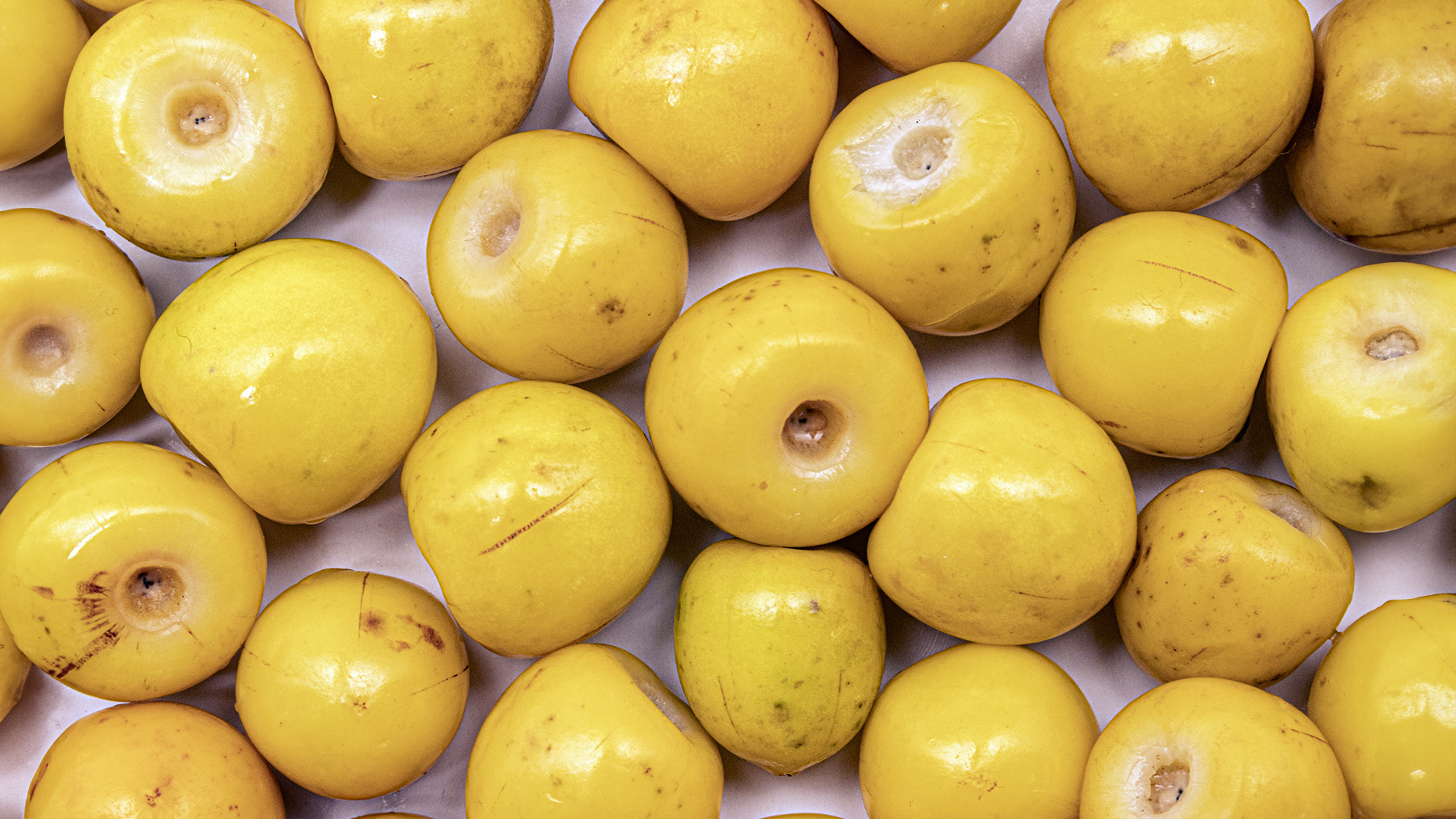Bittersweet and healthy fruit: it is your ally against colds, diarrhea and skin infections.

In the vast world of medicinal plants, only a few fruits have the versatility and healing power of nanche. This small and strong fruit, whose scientific name is Byrsonyma crassifoliaknown for its sweet and sour taste and its remarkable ability to treat a variety of ailments, from colds to skin infections.
Origin and characteristics of Nanche
Native to Mesoamerica, nanche grows in warm and temperate climates, ranging from southern Mexico to Paraguay. The tree is small, three to seven meters tall, with a twisted trunk and a wide, open crown. The fruit, which ranges in color from green to yellow, is comparable in appearance to tejocotte, but its true value lies in its medicinal uses.
Medicinal properties of nanche
Nanche is a formidable ally in traditional medicine due to its numerous healing properties:
- Astringent: Helps to compress and dry organic tissues, reducing secretions and acts as an antidiarrheal.
- Antimicrobial and antibacterial: Prevents the growth of microbes and fights bacterial infections.
- Antifungal: Treats infections caused by fungi.
- Anti-inflammatory and antipyretic: Relieves inflammation, reduces fever and relieves pain.
- Digestive system: Combats digestive disorders such as dysentery and abdominal pain.
- Dermatological: It is effective against skin diseases such as scabies, rashes and wounds, thanks to decoctions prepared from its bark.
Use and application
In addition to its medicinal properties, nanche has many uses in everyday life. It is consumed fresh, in drinks and sweets, and is also used in reforestation and as fuel. However, it is its ability to treat diseases that sets it apart from others.
In traditional medicine, it is used to strengthen gums, relieve pain such as lower back pain, and treat respiratory conditions such as asthma. It has even been reported to be used in cases of snake bites.
Precautions and side effects
Although nanche has many benefits, its consumption should be moderate. Some people may experience allergic reactions such as rash, itching, or swelling. Also, for people with sensitive stomachs, excessive consumption may cause stomach upset, diarrhea, or nausea. Before including nanche in your diet, you should consult with your doctor, especially if you are taking other medications.
Nanche is a sweet and sour fruit with great medicinal potential, useful for treating everything from colds and diarrhea to skin infections. However, like any natural remedy, it is extremely important to consume it with caution and under the advice of a doctor to avoid side effects. The wealth of its medicinal properties makes nanche a valuable resource in traditional herbalism, confirming its importance in natural medicine.
